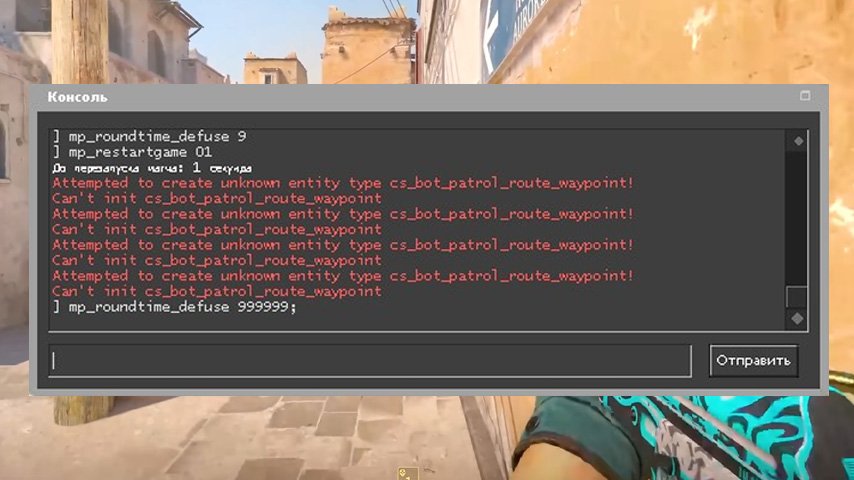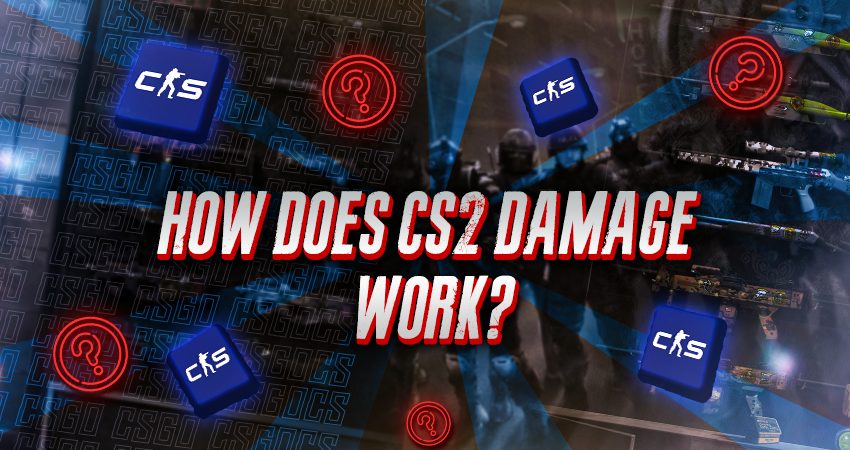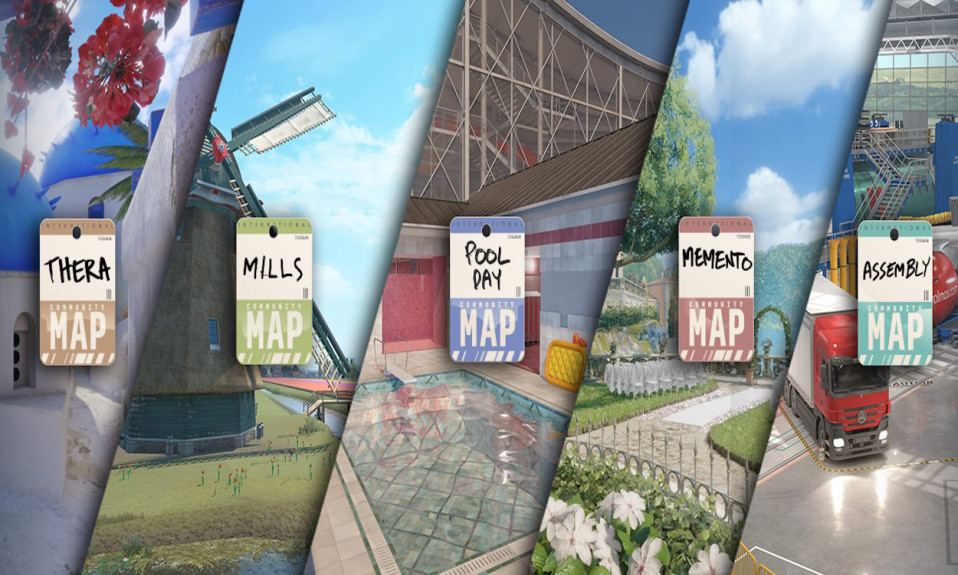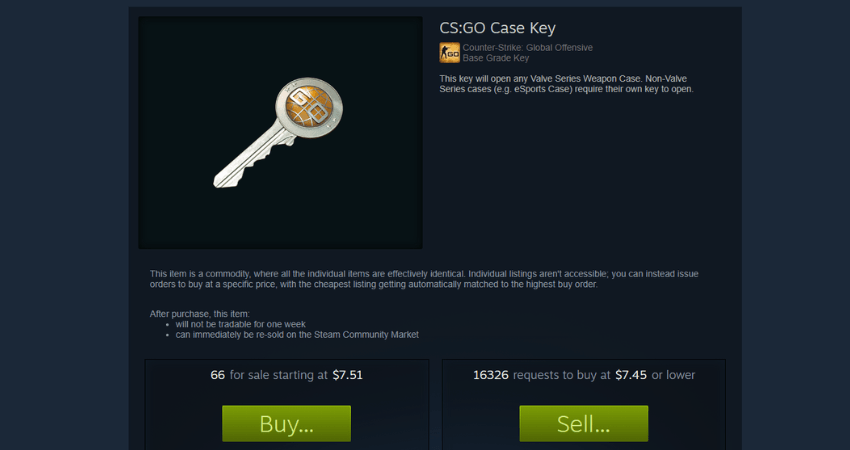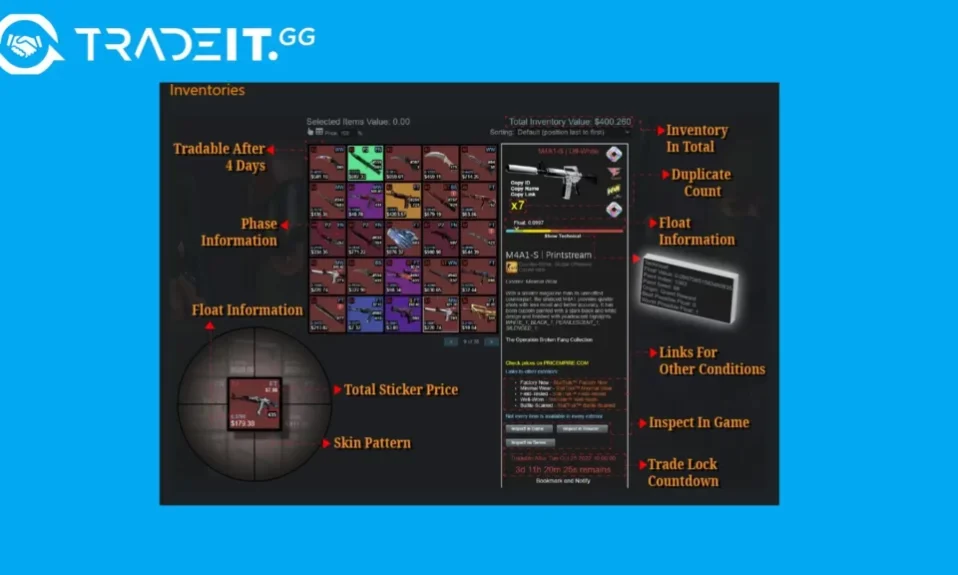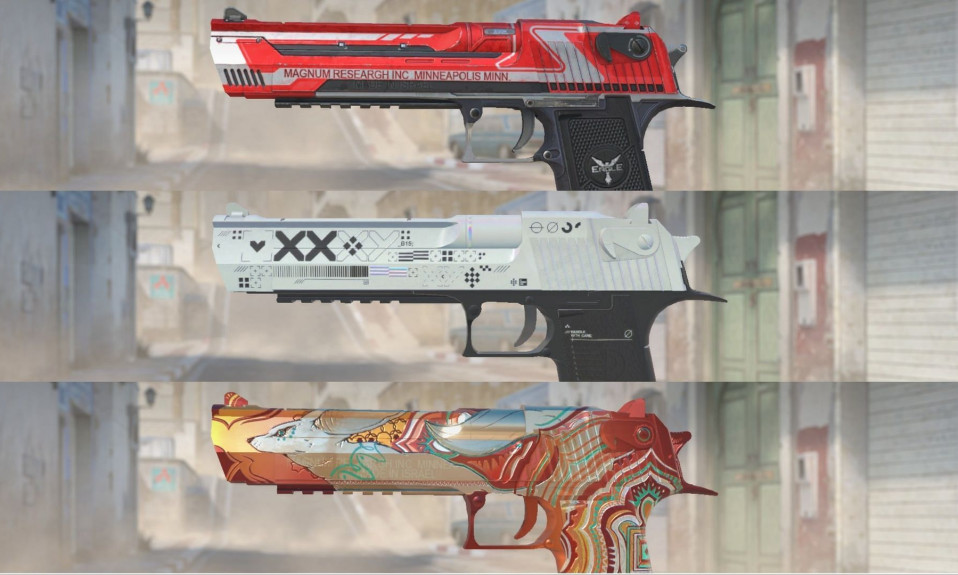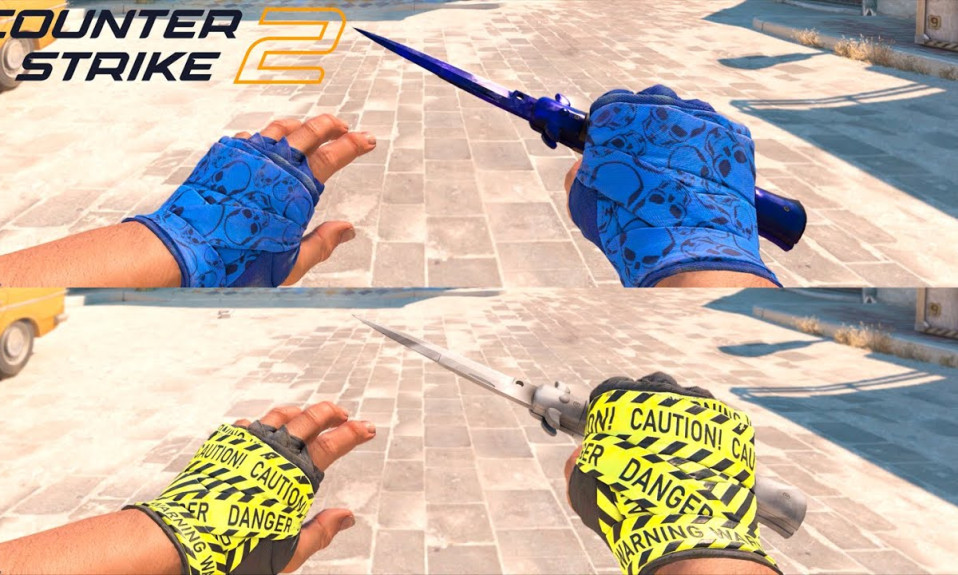Discover the fundamentals of CS2 damage mechanics, from weapon types and environmental factors to economy considerations to optimize your gameplay.
Understanding how CS2 damage works is crucial for improving your gameplay and making strategic decisions in Counter-Strike 2. Damage calculation in CS2 involves a variety of factors, such as weapon type, armor penetration, and damage multipliers. Additionally, elements like player economy and environmental conditions can significantly impact the effectiveness of your shots. Knowing these intricacies allows you to optimize your performance and take full advantage of your arsenal in the game. By mastering how CS2 damage work, you can gain the upper hand in intense firefights and elevate your overall game strategy.
Understanding the Basics of CS2 Damage

In CS2, understanding how damage works is essential for improving your gameplay. CS2 Damage Work, at its core, determines how much health a player loses when struck by a weapon. This system combines multiple factors to deliver dynamic combat mechanics.
Here are the primary components of CS2 damage calculation:
- Base Weapon Damage: Every weapon has a predefined base damage value that acts as the starting point for all calculations.
- Distance: Damage reduces with increased distance due to “damage falloff.” Close-range shots generally deal more damage.
- Hit Area: The body part struck significantly influences damage. For instance:
- Headshots deal higher damage due to multiplier effects.
- Body shots result in moderate damage, while limb shots cause lower damage.
- Armor: Armor reduces the damage taken, especially from body shots, altering outcomes in gameplay.
Additionally, wall-bang or penetrating shots may do reduced damage depending on the material.
To master CS2 Damage Work, focus on weapon attributes, aim accuracy, and understanding the role of environmental elements like angles and cover. With these basics, you’ll have a solid foundation for climbing the ranks!
The Role of Armor and Penetration in Damage Calculation

In CS2, understanding how armor and penetration affect damage is crucial to mastering the mechanics of CS2 Damage Work. Armor serves as a protective layer, reducing the amount of damage a player takes. However, not all weapons interact with armor in the same way, as their penetration values dictate how much damage can bypass armor.
Key factors to consider include:
- Armor Penetration Rating: Each weapon has a unique rating that indicates its ability to pierce armor. High penetration weapons like rifles are more effective against armored players.
- Full vs. Partial Armor: Players with only partial armor (helmet or vest) are still vulnerable to damage, but head protection can significantly diminish one-shot kills.
- Damage Reduction: Armor can reduce a weapon’s damage by a percentage, depending on the penetration values. For instance, SMGs typically have lower penetration, making them weaker against fully armored targets.
To excel in CS2 Damage Work, prioritize weapons with high penetration when opponents are consistently buying armor. Understanding this interaction ensures better weapon choices and maximized damage efficiency during gameplay.
Exploring Different Weapon Damage Types
In understanding how CS2 damage work, it’s essential to explore the diverse damage types that weapons produce. Counter-Strike 2 offers a wide range of firearms, each with unique damage profiles, making them effective in different combat scenarios.
Key weapon damage types include:
- Pistols: Ideal for close-range combat, pistols feature moderate damage with limited penetration capability.
- Rifles: Known for high versatility, rifles deliver consistent damage at all ranges; they excel with headshot multipliers.
- SMGs: These weapons perform well in mid-range combat, offering high rates of fire but slightly lower damage compared to rifles.
- Sniper rifles: Deliver immense damage, often capable of one-shot kills, even at long distances.
- Shotguns: Perfect for close quarters, shotguns inflict devastating damage within a short radius.
- Utility and grenades: While supplementary, grenades can deal area damage or disrupt opponent positions effectively.
Each weapon class also interacts with armor differently, influencing how CS2 damage works in various situations. Picking the right weapon type ensures effectiveness against enemies and maximizes your potential output. Understanding these damage types will undoubtedly give you an edge in any match.
Headshot vs Body Shot Damage Multipliers
Understanding the difference between headshot and body shot damage multipliers is essential when analyzing how CS2 Damage Work. These multipliers determine how much damage a weapon inflicts depending on which part of the enemy’s body is hit.
Key differences include:
- Headshot Multiplier: Typically, headshots deal significantly more damage due to their multiplier. Most weapons have a 2x or higher multiplier for headshots, making them lethal in many cases, especially without helmets.
- Body Shot Multiplier: Body shots generally do less damage compared to headshots. The damage multiplier for body shots is usually 1x, making them less impactful but consistent.
Helmet Factor:
- If the opponent wears a helmet, the headshot damage multiplier may be reduced, depending on the weapon’s armor penetration values.
- Without a helmet, headshots often guarantee a kill with a single shot.
In conclusion, mastering these damage multipliers is key to optimizing CS2 Damage Work, especially when prioritizing precision through headshots for maximum damage output. Adjust your aim accordingly for competitive advantage!
How Environmental Factors Influence CS2 Damage
In CS2, environmental factors can play a surprising role in determining how effectively damage is dealt. To understand how CS2 damage work in different scenarios, players must pay close attention to their surroundings.
Some key environmental factors that influence damage include:
- Cover and Obstacles: Shooting through materials such as wood or thin walls reduces damage, as bullets lose some of their strength. This mechanic rewards strategic positioning and accurate aim.
- Map Geometry: Angles and elevation can impact bullet trajectory and penetration, meaning that high ground often provides an advantage.
- Smoke and Flashbangs: Visibility and reaction time are reduced, making it harder to deliver precise hits, significantly altering damage efficiency.
- Weapon Range: Most weapons in CS2 have damage drop-offs at longer ranges, meaning distance should be a consideration when choosing engagements.
By taking advantage of these environmental elements, you can optimize your strategies and improve your overall performance. Understanding how these factors integrate into the CS2 damage work system is vital for gaining an edge in gameplay. Adapt and exploit these elements to maximize your success.
The Impact of Player Economy on Weapon Choice and Damage
In CS2, player economy significantly influences weapon selection, which directly impacts how CS2 damage work. Managing your in-game currency effectively allows you to choose weapons that maximize your potential to deal damage, putting you at an advantage over your opponents.
Here’s how economy affects weapon choice and damage:
- If you have a high economy: Players can afford high-tier weapons like the AWP or AK-47, which deal substantial damage. These weapons often feature lower shots-to-kill ratios and bypass certain armor protections.
- If you’re on a tight budget: Limited currency may force players to rely on pistols or SMGs, which generally have lower damage output and struggle against armored opponents.
- Armor purchases: Allocating funds towards armor and helmets reduces incoming damage and survival chances, potentially stretching rounds longer.
Smart budgeting enhances your damage potential while ensuring effective utility usage. By balancing weapon costs, ammo, and armor expenditures, players adapt their strategies according to economic circumstances to maintain optimal damage output. Understanding this balance is key to mastering how CS2 damage work in competitive play.
Tips to Maximize Your Damage Output in CS2
Maximizing your damage output in CS2 requires strategy, skill, and proper weapon usage. Here are some effective tips to ensure your CS2 Damage Work is at its peak:
- Aim for the Head: Headshot multipliers are significantly higher compared to body shots. Practice your aim to capitalize on these high-damage opportunities.
- Use Armor-Penetrating Weapons: Select weapons with good armor penetration to reduce the effectiveness of enemy armor, ensuring your damage is consistent.
- Utilize Cover and Angles: Positioning yourself strategically can help land critical shots while reducing incoming damage. Utilize cover to outplay opponents.
- Know Your Weapon’s Damage Chart: Every weapon behaves differently. Understanding how your weapon deals damage based on distance, hitbox location, and penetration can significantly improve your output.
- Upgrade Wisely: Invest in weapons that align with your play style and the team economy. More reliable weapons often translate into higher overall damage.
- Leverage Grenades: Tactical use of grenades can soften enemies, making your bullets more lethal.
By mastering these tips, you’ll make your CS2 Damage Work far more effective in any match scenario!
Frequently Asked Questions
What factors affect damage in CS2?
Damage in CS2 is influenced by factors such as weapon type, hitbox location, penetration power, and armor of the target. These elements combine to determine how much damage is dealt with each shot.
How does armor impact damage in CS2?
Armor in CS2 reduces the effective damage received by players. A player wearing armor can mitigate damage from body shots, but headshots may still cause significant damage unless they are wearing a helmet.
What is the role of hitboxes in CS2 damage calculations?
Hitboxes play a critical role in determining how much damage is inflicted in CS2. For example, headshots usually deal the most damage, whereas shots to the arms or legs may cause less damage.
How does wall penetration affect damage in CS2?
Wall penetration in CS2 allows bullets to pass through certain materials, but it also reduces the damage dealt. The degree of reduction depends on the weapon’s penetration power and the material being shot through.


